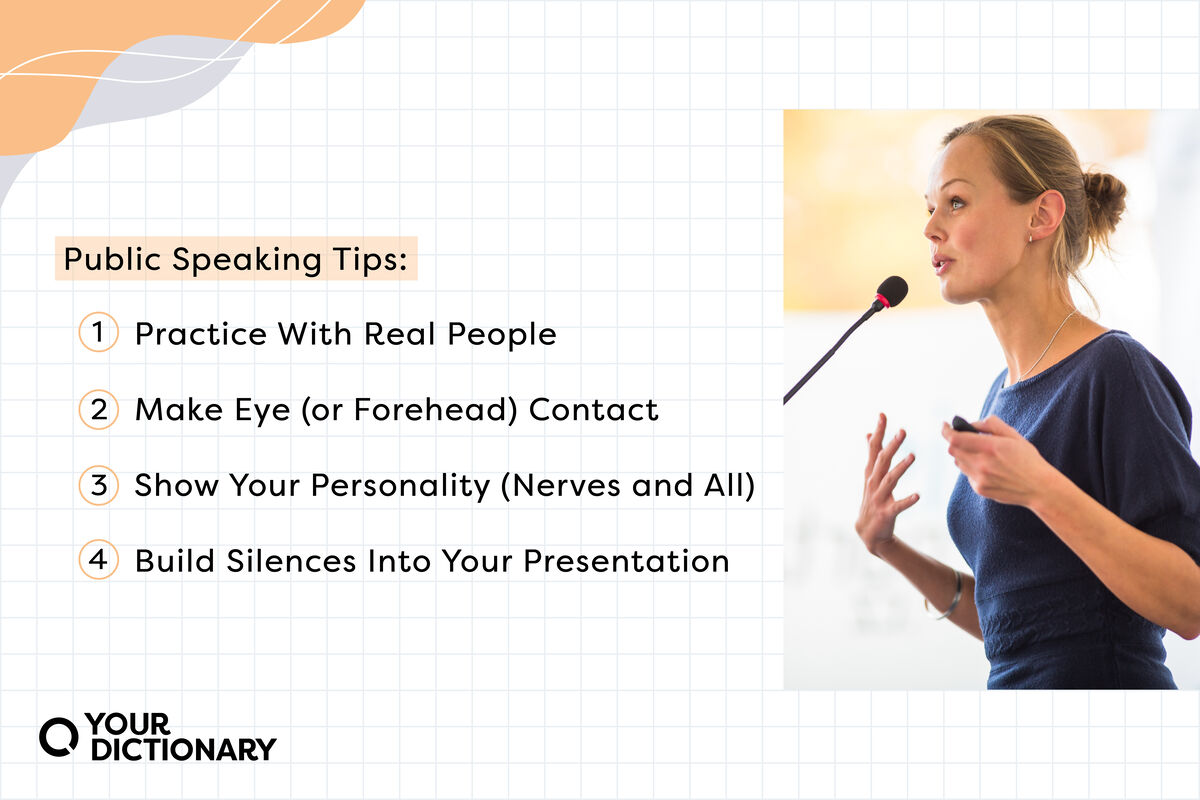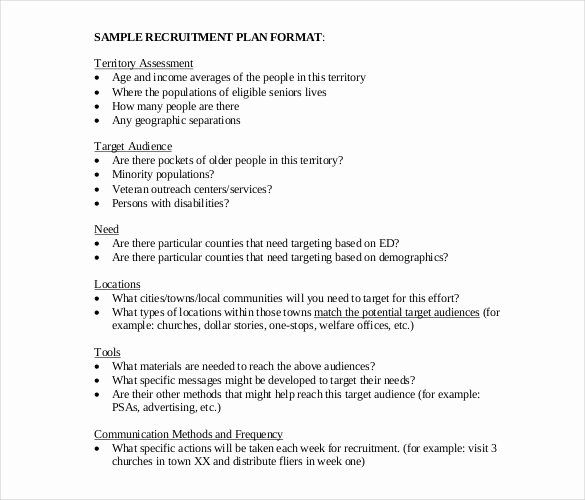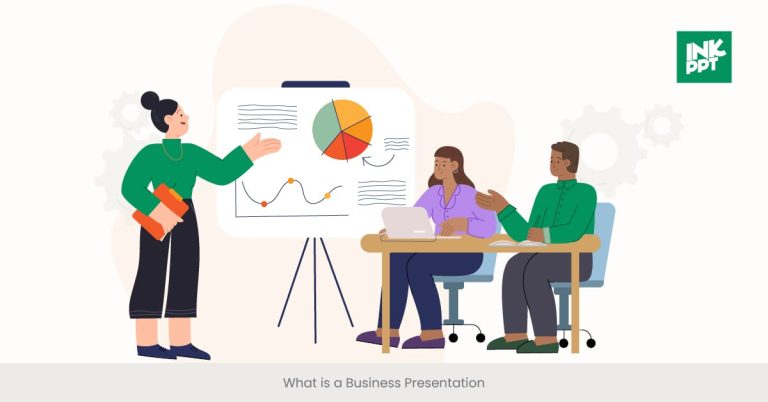How to Speak When Presenting?
To speak effectively when presenting, maintain a clear and concise delivery using simple language and avoiding filler words. Presentations offer an opportunity to engage and connect with your audience, so it’s important to convey your message with confidence and enthusiasm.
Captivate your listeners by using appropriate gestures and maintaining eye contact. Additionally, organizing your thoughts beforehand and practicing your delivery will help you speak fluently and remain focused. Remember to vary your tone and pace to keep your audience engaged, making sure to emphasize key points and use visual aids to enhance your presentation.
By speaking clearly and confidently, you can effectively communicate your message and leave a lasting impact on your audience.
Tips For Overcoming Public Speaking Anxiety
Discover effective strategies for conquering public speaking anxiety and confidently delivering presentations. Learn practical tips and techniques to overcome nervousness, engage your audience, and communicate your message with clarity and poise. Unleash your speaking potential and leave a lasting impression with these expert-tested guidelines.
Public speaking can be a nerve-wracking experience for many people. However, with the right techniques and mindset, you can overcome your anxiety and deliver a confident presentation. Here are some tips that can help you conquer your public speaking fears:
Breathing Exercises:
- Take slow, deep breaths: Inhaling deeply and exhaling slowly helps calm your nerves and reduces anxiety.
- Practice diaphragmatic breathing: Breathing from your diaphragm, rather than shallow chest breathing, can help you relax and control your breathing during a presentation.
- Visualize exhaling stress: As you exhale, imagine releasing all the tension and stress from your body.
Visualizing Success:
- Picture yourself delivering a successful presentation: Visualize every detail of your presentation going smoothly and receiving positive feedback from the audience.
- Imagine feeling confident and relaxed: Visualize yourself being in control of your nerves and radiating confidence throughout your presentation.
Practicing In Front Of A Mirror:
- Observe your body language and facial expressions: Use a mirror to see how you appear while speaking. Pay attention to your posture, gestures, and facial expressions.
- Practice speaking clearly and articulately: Use the mirror to focus on your speaking skills, such as enunciating words, maintaining a steady pace, and varying your tone.
By incorporating these tips into your preparation and practice routine, you can gradually reduce your public speaking anxiety and develop the confidence to deliver an engaging presentation. Remember, practice makes perfect, so keep practicing and challenging yourself to grow as a speaker.
Improving Your Delivery Skills
Looking to improve your delivery skills when presenting? Enhance your speaking abilities with these valuable tips for a more engaging and impactful presentation.
When presenting, it is essential to focus not only on the content of your speech but also on how you deliver it. Your delivery skills can significantly impact your overall effectiveness as a speaker. Here are some key techniques to help you improve your delivery skills:
Using Appropriate Body Language
- Maintain good posture: Stand tall with your shoulders back and avoid slouching. This conveys confidence and engages your audience.
- Use gestures purposefully: Hand gestures can enhance your message, but avoid excessive or distracting movements. Make sure your gestures are natural and align with your words.
- Make eye contact: Establish a connection with your audience by looking at individuals rather than scanning the room. This shows that you are engaged and trustworthy.
- Smile and use facial expressions: A warm smile and appropriate facial expressions can help create a positive atmosphere and make your presentation more relatable.
Projecting Your Voice
- Speak from your diaphragm: Take deep breaths to support your voice and speak from your diaphragm. This will help you project your voice effectively and avoid sounding too soft or weak.
- Vary your volume and tone: Use a mix of loud and soft tones to keep your audience engaged. Adjust your volume to suit the size of the room and the importance of your message.
- Use pauses strategically: Pause before important points to build suspense and allow your audience to absorb the information. Pausing also gives you a moment to collect your thoughts.
Speaking Clearly And Confidently
- Articulate your words: Enunciate each word clearly, especially when pronouncing challenging or unfamiliar terms. This ensures that your message is understood by everyone in the audience.
- Speak at a steady pace: Avoid speaking too fast or too slow. Find a comfortable pace that allows your audience to follow along without feeling overwhelmed or bored.
- Practice your speech: Rehearse your presentation multiple times to build confidence and familiarize yourself with the flow of your words. This will help you speak more naturally during the actual presentation.
Remember, honing your delivery skills takes practice and feedback. Seek opportunities to present in front of others and ask for constructive criticism to further refine your speaking abilities. With continued effort, you can become a confident and persuasive speaker.
Engaging The Audience
Engaging the audience while presenting is crucial for effective communication. Utilize concise sentences and varied expressions to captivate listeners and avoid common phrases that may detract from your message.
Capturing Attention With A Strong Opening
A captivating opening is crucial to grab the audience’s attention from the start and set the tone for a successful presentation. Here are some effective techniques to make your opening memorable:
- Start with a thought-provoking question: Begin by asking a question that relates to your topic and makes the audience reflect on their own experiences or beliefs. For example, “Have you ever wondered why some companies succeed while others fail?”
- Use a powerful quote: Incorporating a relevant and inspiring quote can instantly draw the audience’s interest. Find a quote that aligns with your presentation’s theme and highlights its significance. For instance, “As Steve Jobs once said, ‘The people who are crazy enough to think they can change the world are the ones who do.'”
- Share a surprising fact or statistic: Presenting an intriguing fact or statistic that relates to your topic can instantly captivate your audience. Make sure to choose information that is both impactful and new to most people. For example, “Did you know that, on average, people spend more than five years of their lives on social media?”
Using Storytelling Techniques
Storytelling is a powerful tool that helps engage your audience on an emotional level and make your message more relatable. Incorporate these techniques into your presentation to captivate your listeners:
- Start with a personal anecdote: Begin your presentation with a real-life story that relates to your topic. Sharing a personal experience helps create a connection with the audience and makes them more invested in your message.
- Use vivid descriptions: Paint a vivid picture with your words and engage the audience’s imagination. Descriptive language helps transport your listeners into the story and makes it more memorable.
- Include a conflict and resolution: Every good story has a conflict and resolution. Introduce a problem or obstacle that your audience can relate to and highlight how your topic provides a solution or overcomes the challenge.
Encouraging Audience Participation
Audience participation is a key element of an engaging presentation. When the audience actively participates, they become more invested in the content and retain information better. Here are a few strategies to encourage participation:
- Ask open-ended questions: Pose questions to the audience that require more than a simple “yes” or “no” answer. Encourage them to share their thoughts, experiences, or opinions related to your topic.
- Incorporate interactive activities: Include interactive activities like polls, quizzes, or group discussions to keep the audience engaged and actively involved. This allows them to contribute and learn from each other.
- Reward participation: Acknowledge and appreciate audience participation by recognizing their input, offering praise, or occasionally giving small rewards or incentives. This creates a positive feedback loop and encourages even more participation.
Remember, engaging your audience requires a combination of captivating openings, effective storytelling, and encouraging participation. Implement these strategies to make your presentations memorable, interactive, and impactful.
Creating Effective Visual Aids
Discover the key to delivering impactful presentations by utilizing effective visual aids. Learn how to speak confidently and engage your audience with compelling visuals that enhance your message. Gain valuable insights on creating visually appealing presentations that leave a lasting impression.
Visual aids can play a crucial role in enhancing your presentation and helping you effectively communicate your message to your audience. When it comes to creating these visual aids, it is essential to choose the right type, design them in a visually appealing manner, and use them strategically to enhance your overall presentation.
In this section, we will explore each aspect in detail.
Choosing The Right Type Of Visual Aid:
- Slides: PowerPoint or slide presentations are a popular choice for visual aids due to their versatility and ease of use. They allow you to incorporate various types of content, such as text, images, graphs, and videos.
- Charts and graphs: If you need to present data or statistics, using charts or graphs can help you convey the information more clearly and concisely. Choose the appropriate type of chart or graph based on the data and the message you want to convey.
- Props: Props can be physical objects that you use to demonstrate or explain concepts. They can be particularly useful for hands-on or interactive presentations.
- Handouts: Handouts provide your audience with additional information or references to support your presentation. They can be used to summarize key points or provide supplementary materials for further reading.
Designing Visually Appealing Slides:
- Keep it simple: Avoid cluttering your slides with too much text or graphics. Use a minimalistic design approach to keep the focus on your message. Aim for a clean and uncluttered look that is easy on the eyes.
- Consistent visual theme: Choose a consistent visual theme for your slides, including fonts, colors, and layout. This will create a cohesive and professional appearance.
- Use visuals wisely: Incorporate relevant images, icons, or illustrations where appropriate to enhance understanding and engagement. Be mindful of copyright laws when using images and give credit where necessary.
- Clear and readable text: Ensure that your text is large enough to be easily read from a distance. Use a simple, easy-to-read font and choose contrasting colors for text and background to ensure readability.
Using Visual Aids To Enhance Your Message:
- Visual cues: Visual aids can serve as cues for your audience, helping them follow along and understand your message better. Use visuals to highlight key points, guide the flow of your presentation, or illustrate complex concepts.
- Enhance retention: Studies have shown that visual aids can improve information retention and recall. By incorporating visuals, you can increase the chances that your audience will remember your message long after the presentation is over.
- Engage the audience: Well-designed visual aids can captivate your audience and keep them engaged throughout your presentation. Use visuals strategically to create a visually stimulating and interactive experience.
Remember, visual aids should support and enhance your message, not detract from it. Use them sparingly and purposefully, ensuring that they add value to your presentation rather than overwhelming your audience.
Handling Questions And Interactions
When presenting, it is important to handle questions and interactions with clarity and confidence. By addressing queries succinctly and engaging in meaningful discussions, speakers can effectively convey their message and connect with their audience.
When presenting, it is crucial to not only deliver your message effectively but also to engage with the audience and address any queries or challenges that arise. Here are some essential tips for handling questions and interactions during your presentation:
Active Listening Skills:
- Be fully present: Focus on the person who is speaking, maintaining eye contact, and giving them your undivided attention. This shows respect and encourages open communication.
- Avoid interrupting: Allow the audience member to finish their question or comment before responding. Interrupting can come across as dismissive or disrespectful.
- Demonstrate interest: Show genuine curiosity by nodding, using affirmative gestures, and maintaining an open and welcoming posture. This helps build rapport and encourages further engagement.
- Take notes: Capture key points raised by the audience to ensure you address them accurately and comprehensively in your response. It also demonstrates that you value their input.
Responding Confidently To Questions:
- Stay calm and composed: Take a deep breath, maintain a confident demeanor, and show that you are prepared and knowledgeable. This helps instill trust and confidence in your audience.
- Repeat or paraphrase the question: Restating the question in your own words not only ensures you have understood it correctly but also gives you time to formulate your response.
- Answer concisely and clearly: Avoid rambling or going off on tangents. Deliver a concise and focused response that directly addresses the question asked.
- Provide examples or evidence: Support your answer with relevant examples or evidence to enhance clarity and credibility. This helps the audience connect with your message more effectively.
Handling Challenging Audience Members:
- Stay professional and composed: Even if faced with difficult or confrontational individuals, maintain a calm demeanor and respond with respect and professionalism.
- Empathize and validate: Show understanding and empathy towards the challenging audience member’s perspective. Acknowledge their concerns and validate their feelings without compromising your message.
- Redirect attention: If an audience member becomes overly disruptive or attempts to dominate the discussion, politely but firmly redirect the conversation back to the main topic or agenda.
- Offer to follow up: If unable to address a challenging question or issue immediately, offer to follow up with the individual after the presentation. This demonstrates your commitment to resolving concerns and maintaining open lines of communication.
Remember, effective handling of questions and interactions can greatly enhance the impact of your presentation. By actively listening, responding confidently, and managing challenging situations professionally, you can engage your audience more effectively and create a positive and engaging experience for everyone involved.
Practicing And Rehearsing
Practicing and rehearsing are essential steps in mastering the art of speaking during presentations. By dedicating time to refine delivery, fluency and body language, speakers can effectively engage their audience, establish credibility, and deliver their message with confidence.
When it comes to speaking during a presentation, practicing and rehearsing beforehand is essential for a successful delivery. It allows you to become familiar with your material, gain confidence, and refine your speaking skills. Here are some effective strategies for practicing and rehearsing:
Creating A Rehearsal Schedule:
- Set aside dedicated time for rehearsal sessions in your schedule to ensure consistency and thorough preparation.
- Break down your speech into manageable segments and practice each one separately.
- Gradually incorporate the segments together until you can deliver your entire presentation smoothly.
- Practice in front of a mirror to observe your body language and ensure effective gestures.
- Rehearse with a timer to help you work on pacing and stay within the allotted time.
Using Audio Or Video Recordings To Improve:
- Record yourself during practice sessions to evaluate your performance.
- Listen or watch the recordings to identify areas where improvements can be made.
- Pay attention to vocal clarity, enunciation, and overall delivery style.
- Take note of any distracting habits or mannerisms that may need to be addressed.
- Use the recordings as a tool for self-assessment and refinement of your presentation skills.
Seeking Feedback From Trusted Individuals:
- Share your presentation with trusted friends, colleagues, or mentors.
- Ask for their constructive feedback on areas such as content, delivery, and non-verbal cues.
- Emphasize the importance of receiving honest feedback to help you improve.
- Pay attention to their suggestions and implement changes as necessary.
- Consider conducting a mock presentation to simulate a real audience and gain valuable feedback.
Rehearsing and practicing effectively will enhance your confidence and ability to deliver a compelling presentation. By creating a rehearsal schedule, utilizing audio or video recordings, and seeking feedback, you can refine your speaking skills and ensure a successful presentation. Remember, practice makes perfect!

Credit: www.presentation-guru.com
Frequently Asked Questions For How To Speak When Presenting
How Do You Speak Effectively In A Presentation?
To speak effectively in a presentation, follow these tips: 1. Be confident and well-prepared. 2. Use clear and concise sentences. 3. Maintain eye contact and speak with enthusiasm. 4. Engage your audience through storytelling and visuals.
How Do You Start A Speech When Presenting?
To start a speech presentation, follow these steps: 1. Begin with a strong opening that catches the audience’s attention. 2. Introduce yourself briefly, sharing relevant background or expertise. 3. State the purpose or main idea of your speech in a clear and concise manner.
4. Engage the audience by asking a thought-provoking question or sharing a surprising fact. Remember, a captivating start is crucial to grab the listeners’ attention and set the tone for your speech.
What Are The 5 Techniques In Public Speaking?
The five techniques in public speaking include storytelling, body language, vocal variety, visual aids, and audience engagement.
How Can I Speak Confidently When Presenting?
To speak confidently when presenting, practice your presentation beforehand, take deep breaths, maintain eye contact with the audience, and speak clearly and confidently. Use visual aids and gestures to enhance your message, and remember to project your voice so that everyone can hear you.
Conclusion
To wrap up, speaking skills are vital for effective presentations. By incorporating the strategies outlined in this blog post, you can enhance your ability to speak confidently and engage your audience. Start by understanding your topic thoroughly and organizing your thoughts in a logical manner.
Practice your delivery to become comfortable with your voice and body language. Utilize visual aids to support your message and maintain eye contact to establish a deeper connection with your listeners. Moreover, remember to use clear and concise language, avoiding jargon or complicated terminology that may confuse your audience.
Lastly, always seek feedback and continuously work on improving your speaking skills. With consistent practice and these guidelines in mind, you will become a proficient and captivating speaker, leaving a lasting impression on your audience. So go ahead, embrace the power of effective communication and elevate your presentation skills to new heights.





